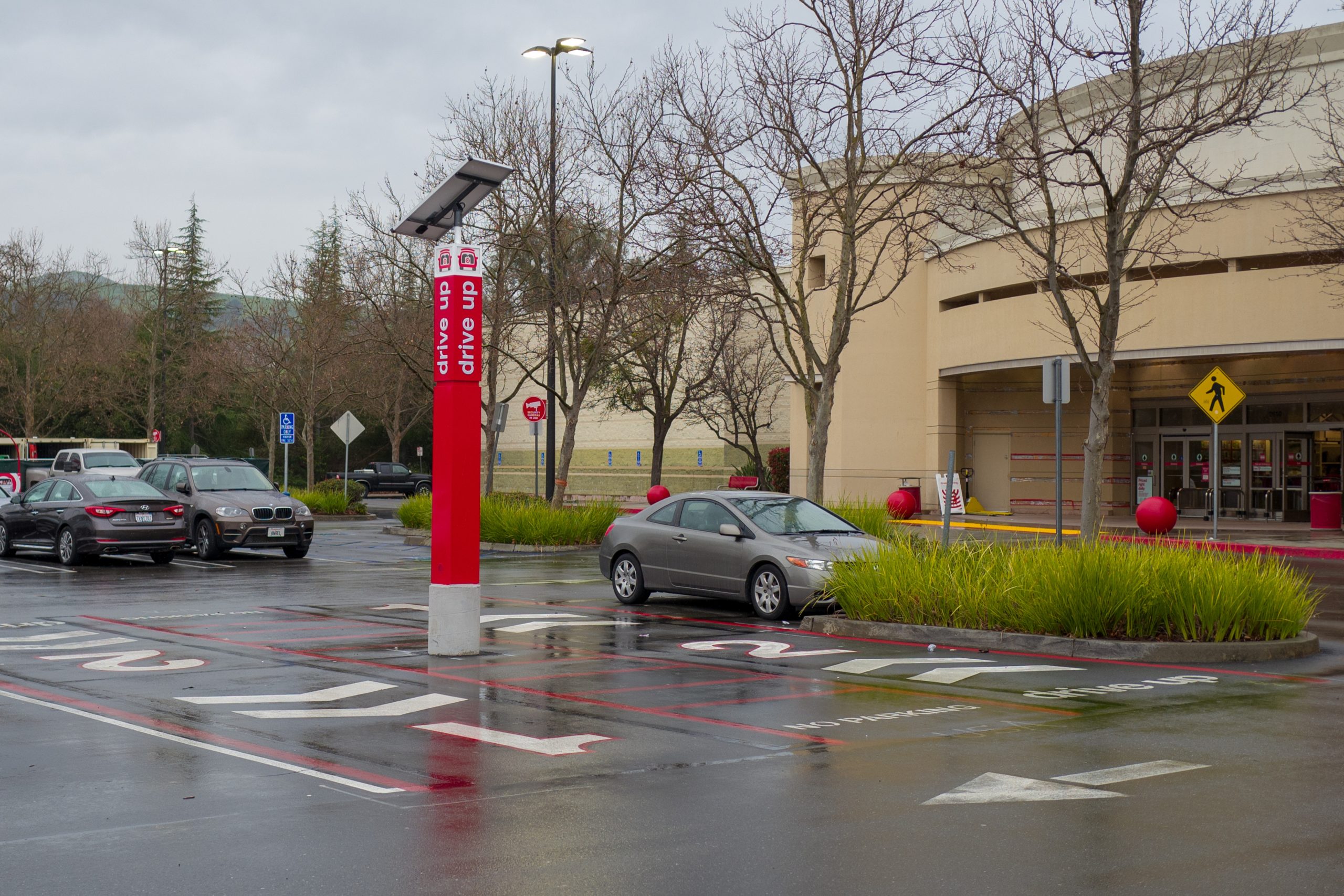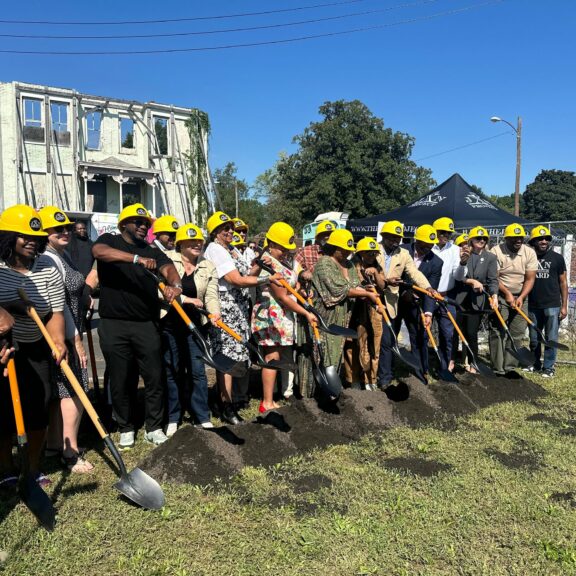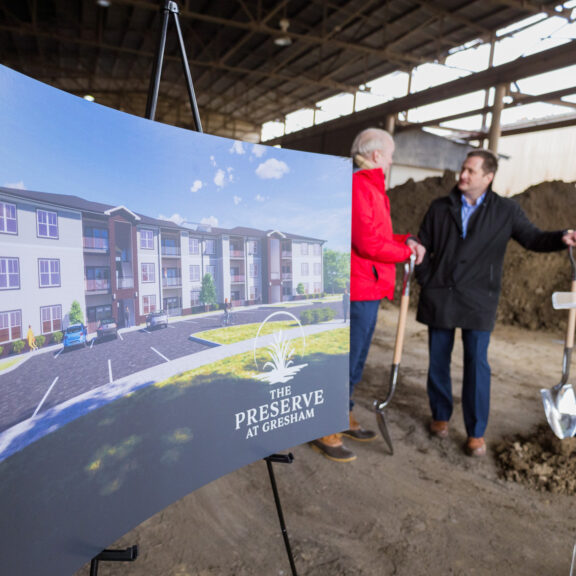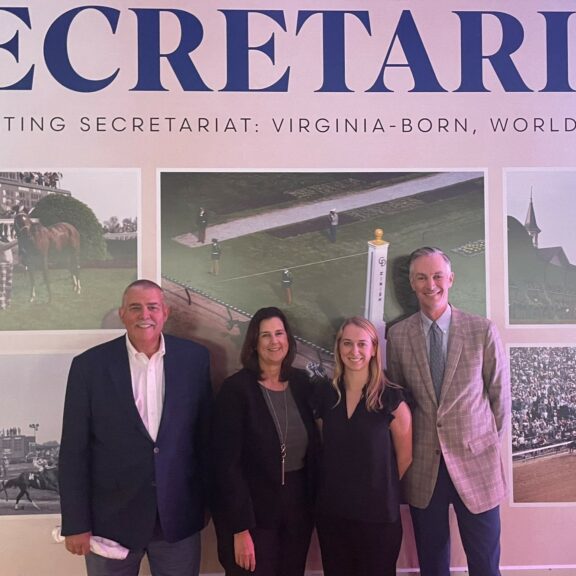As our communities make the transition to open retail businesses back up, there will be impacts from the recent extended closures that will influence the way consumers operate in the future. Where people once stood in line, sat at closely packed tables, dined at a community table, or fixed their plate from a buffet, people are instead focused on keeping their distance from others.
These simple interactions that we didn’t consider important six months ago, may now consume our thoughts as we make the decision on where we want to do business moving forward. Retail is adapting to these changes in order to make their customers feel safe and protected long-term.
One area where we are seeing more retailers adapt is through extended drive-thru pickup lines and designated curbside pickup spots. We see these examples happening ad-hoc in many of the shopping centers we patronize, and we’ve seen it unfold in some projects that we’ve designed recently.
A great example of this trend is at the Swift Creek Place project in Chesterfield County, Virginia. The project site includes four different retail buildings that contain CAVA, Texas Roadhouse, Starbucks, Navy Federal Credit Union, Burger IM, Mission BBQ, and Charred Wood Fired Oven, a new restaurant concept by the owners of Social 52. (If you’re looking to support local restaurants and businesses during this time, most of the tenants appear to be open for pick up.)

Like most retailers and restaurateurs, these tenants emphasize safety, social distancing, and consumer convenience by diversifying shopping options. CAVA’s digital drive-thru line is a prime example of this. This line exists for customers to pick up their orders placed through CAVA’s mobile app.
With the order being placed ahead of time and scheduled, retailers can move the drive-thru line faster than traditional drive-thru lanes. In addition to convenience, this provides a safe option for customers because it significantly reduces interaction with employees and other customers. We predict that the order-ahead drive-thru trend will increase in the months ahead as retailers continue to look for safe and convenient ways to deliver their food and retail goods.

Prior to COVID-19, retailers were already making changes to meet the consumer with convenience, often allowing them to build relationships with their customers before they ever walk into the store. Ordering online for pickup is one way to forge relationships with new customers, and we see that trend continuing to grow while still driving the need for a physical store.
COVID-19 is now shaping the retail environment, and if retailers weren’t already offering these conveniences, they will be motivated to offer them due to changes in shopping habits. We believe these changes will impact consumer behaviors for months and years to come, and we are staying close to these changes to deliver the best center layouts and designs to our customers.

A lot of businesses are also adapting by designating a parking area for curbside pickup only, and we think this will continue. We also see an increase in dedicated parking spaces for on-demand delivery services such as Uber, GrubHub, and Instacart. While some of these recent changes have been a reactionary move, we anticipate that we will have to carefully plan for these dedicated spaces in the future.
Accommodating drive-thru lanes with more capacity in new shopping centers could be another outcome as we emerge from the temporary closures. Contactless transactions may stick around for a while as consumers look for ways to buy their food and retail goods while still keeping a safe distance. As businesses start to re-open, you’re likely to see these parking and circulation changes pop up in your local retail centers if you haven’t already.

If we can help you modify your existing shopping center, or carefully plan out new parking and traffic flow needs in a future center, please reach out to our retail design team at Timmons Group.




